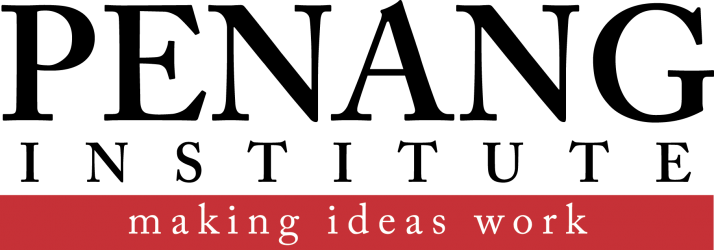By Negin Vaghefi (Senior Analyst, Socioeconomics & Statistics) | Posted on
EXECUTIVE SUMMARY
- Although Gross Domestic Product (GDP) provides useful information on the structure and performance of the economy, it measures only monetary transactions related to the production of marketed goods and services and gives therefore an incomplete picture of the social and natural capital systems within which the economy operates.
- GDP should not be viewed as a measure of economic progress, because it can provide misleading indications about how well-off people are and therefore distorts policy decisions.
- The Genuine Progress Indicator (GPI), on the other hand, provides a better approximation of the country’s sustainable economic welfare or progress, and draws attention to critical development issues such as the distribution of resources, the costs and benefits of production and consumption, and the value of non-market goods and services.
- It is found that over the past two decades, the gap between Malaysia’s economic growth and progress has widened. This gap is mainly a result of the costs of growth, such as natural resource depletion, pulling down GPI values despite the addition of the positive contributions of monetary value of non-market services and household work.
- Data and methodological issues are the major obstacles to developing, implementing, and applying better measures of progress, such as the GPI. A coordinated effort by various stakeholders is needed to achieve consensus around developing and applying indicators that effectively capture the economic state of society.
You might also like:
![Preparing for the Future of Working Life]()
Preparing for the Future of Working Life
![Hawkers in the Covid-19 Pandemic: A Case Study in Penang]()
Hawkers in the Covid-19 Pandemic: A Case Study in Penang
![Elections in the Midst of Covid-19: Impact on Public Health and Democracy]()
Elections in the Midst of Covid-19: Impact on Public Health and Democracy
![Penang Economic Outlook 2021: Uneven Growth Expected across Sectors]()
Penang Economic Outlook 2021: Uneven Growth Expected across Sectors
![From Fiscal Redistribution to Devolution of Power: Lessons from Elsewhere and Possible Pathways Forw...]()
From Fiscal Redistribution to Devolution of Power: Lessons from Elsewhere and Possible Pathways Forw...








